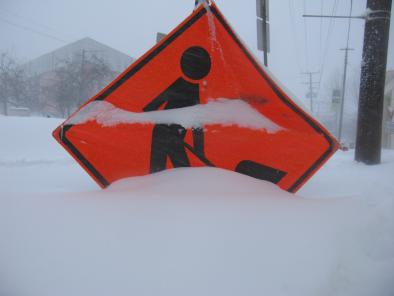Science Source
What would happen to Superstorm Sandy under the influence of a substantially warmer Atlantic Ocean?
- Finds that possible responses of Sandy-like superstorms under the influence of a substantially warmer Atlantic Ocean bifurcate into two groups:
- In the first group, storms are similar to present-day Sandy from genesis to extratropical transition, except they are much stronger, with peak Power Destructive Index (PDI) increased by 50–80%, heavy rain by 30–50%, and maximum storm size (MSS) approximately doubled
- In the second group, storms amplify substantially over the interior of the Atlantic warm pool, with peak PDI increased by 100–160%, heavy rain by 70–180%, and MSS more than tripled compared to present-day Superstorm Sandy
- Finds that storms in the second group recurve northeastward out to sea when exiting the warm pool, interacting with the developing midlatitude storm, and amplifying into a severe Northeastern coastal storm
Related Content
Science Source
| American Meteorological Society
Thermodynamic and Dynamic Mechanisms for Large-Scale Changes in the Hydrological Cycle in Response to Global Warming
Richard Seager, Naomi Naik, Gabriel A. Vecchi
Science Source
| Geophysical Research Letters
Dynamic and thermodynamic changes in mean and extreme precipitation under changed climate
Emori, S., Brown et al
Headline

Feb 5, 2016 | BBC News
US blizzard: Millions battle snow travel chaos - BBC News
Headline

Feb 4, 2016 | Washington Post
Is global warming behind DC’s new era of great snowstorms?


